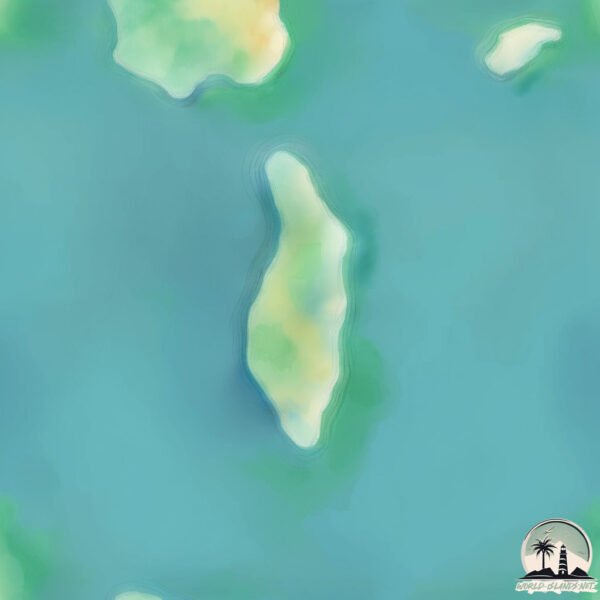Calliope Island

Welcome to Calliope Island, a Tropical island in the Coral Sea, part of the majestic Pacific Ocean. This guide offers a comprehensive overview of what makes Calliope Island unique – from its geography and climate to its population, infrastructure, and beyond. Dive into the details:
- Geography and Size: Explore the island’s size and location.
- Climate and Weather: Weather patterns and temperature.
- Topography and Nature: Uncover the natural wonders of the island.
- Infrastructure and Travelling: Insights on reaching, staying, and making the most of your visit.
- News and Headlines: Latest News.
Geography and size of Calliope Island
Size: 0.241 km²
Coastline: 2.8 km
Ocean: Pacific Ocean
Sea: Coral Sea
Continent: Oceania
Calliope Island is a Tiny Island spanning 0.241 km² with a coastline of 2.8 km.
Archipel: –
Tectonic Plate: Australia – A major tectonic plate covering Australia, New Zealand, and parts of the Indian and Pacific Oceans, known for its relative stability and occasional seismic activity.
The geographic heart of the island is pinpointed at these coordinates:
Latitude: -21.84748803 / Longitude: 149.79950242
Climate and weather of Calliope Island
Climate Zone: Tropical
Climate Details: Tropical Savanna, Wet
Temperature: Hot
Climate Characteristics: Defined by distinct wet and dry seasons with high temperatures year-round. Pronounced rainfall occurs during the wet season, while the dry season is marked by drought.
Topography and nature of Calliope Island
Timezone: UTC+10:00
Timezone places: Australia/Sydney
Max. Elevation: 7 m
Mean Elevation: 3 m
Vegetation: Cultivated Land
Tree Coverage: 59%
The mean elevation is 3 m. The highest elevation on the island reaches approximately 7 meters above sea level. The island is characterized by Plains: Flat, low-lying lands characterized by a maximum elevation of up to 200 meters. On islands, plains are typically coastal lowlands or central flat areas.
Dominating Vegetation: Cultivated Land
Areas dedicated to agricultural activities, growing crops like grains, vegetables, and fruits. These lands are usually human-modified landscapes. Calliope Island has a tree cover of 59 %.
Vegetation: 1 vegetation zones – Minimal Diversity Island
These islands exhibit the most basic level of ecological diversity, often characterized by a single dominant vegetation type. This could be due to extreme environmental conditions, limited land area, or significant human impact. They represent unique ecosystems where specific species have adapted to thrive in these singular environments.
Infrastructure and Travelling to Calliope Island
Does the island have a public airport? no.
There is no public and scheduled airport on Calliope Island. The nearest airport is Mackay Airport, located 101 km away.
Does the island have a major port? no.
There are no major ports on Calliope Island. The closest major port is HAY POINT, approximately 83 km away.
The mean population of Calliope Island is 0 per km². Calliope Island is Uninhabited. The island belongs to Australia.
Continuing your journey, Allandale is the next notable island, situated merely km away.
Australia is classified as Developed region: nonG7: Developed economies outside of the Group of Seven, characterized by high income and advanced economic structures. The level of income is High income: OECD.
News – Latest Updates and Headlines from Calliope Island
Stay informed with the most recent news and important headlines from Calliope Island. Here’s a roundup of the latest developments.
Please note: The data used here has been primarily extracted from satellite readings. Deviations from exact values may occur, particularly regarding the height of elevations and population density. Land area and coastline measurements refer to average values at mean high tide.
